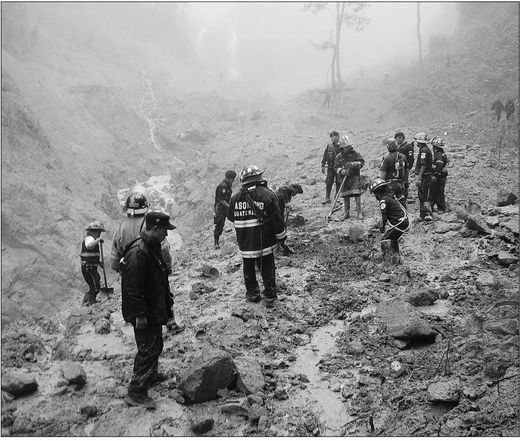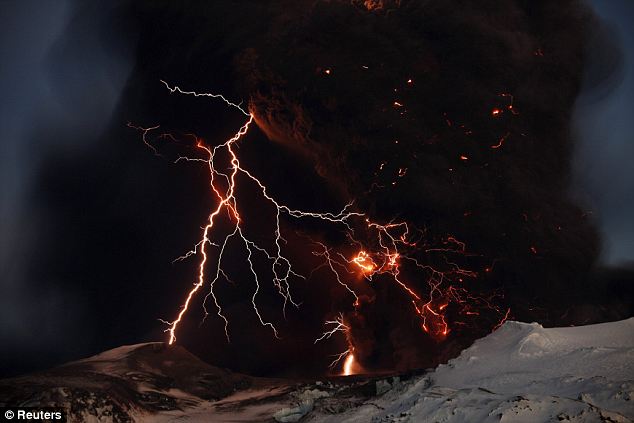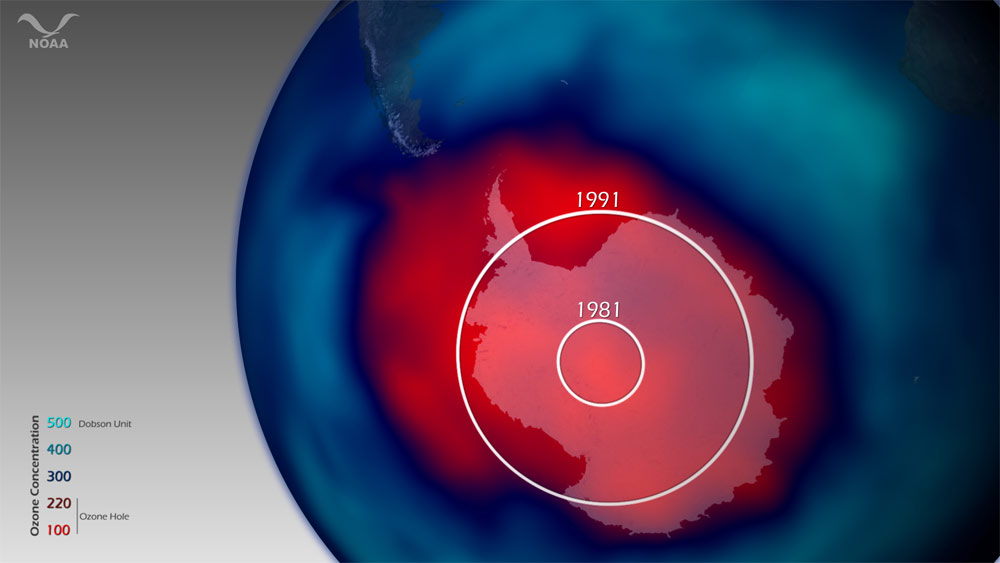
© Reuters/North Slope Borough Department of Wildlife Management/HandoutA diseased ringed seal in Alaska is shown in this handout photo released to Reuters October 13, 2011.
A mysterious disease, possibly a virus, has killed scores of ring seals along Alaska's coast, according to local and federal agencies.
The diseased seals have been beaching themselves on the Arctic coastline since July, with numbers picking up in subsequent months, biologists with the North Slope Borough Department of Wildlife Management and other agencies said on Thursday.
About 100 of the diseased animals have been found near Barrow, the nation's northernmost community, and half of those have died, the borough biologists reported.
Elsewhere in the sprawling borough, villagers have reported 146 ringed seals hauling themselves onto beaches, and many of those were diseased, the biologists said.
Ringed seals rarely come ashore, spending most of the year in the water or on floating ice, according to the National Oceanic and Atmospheric Administration's Fisheries Service.



